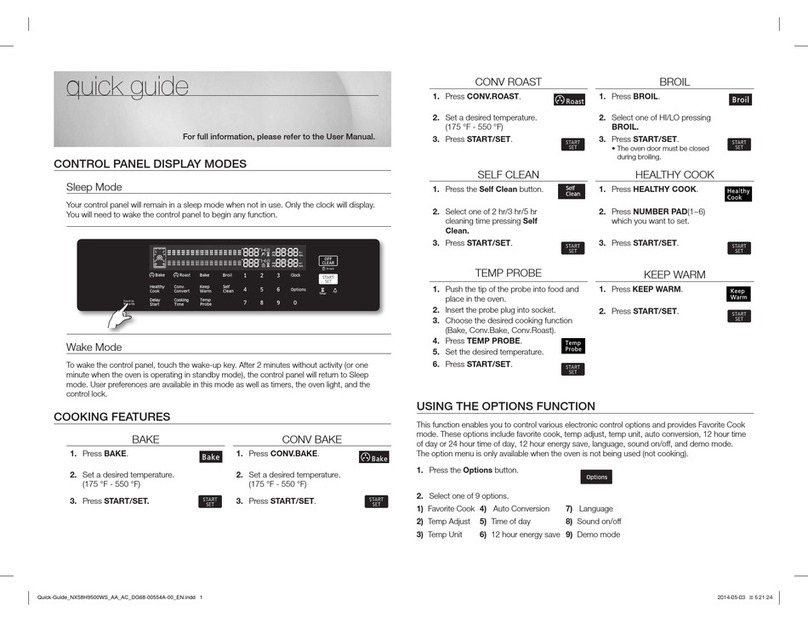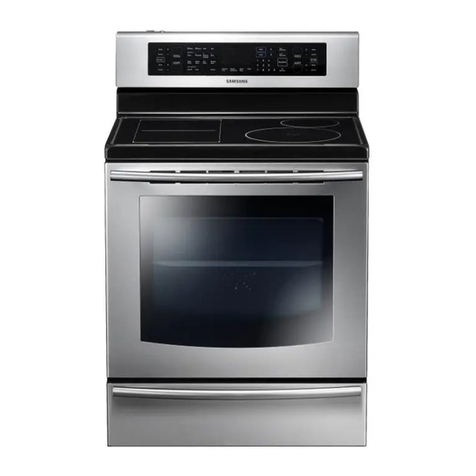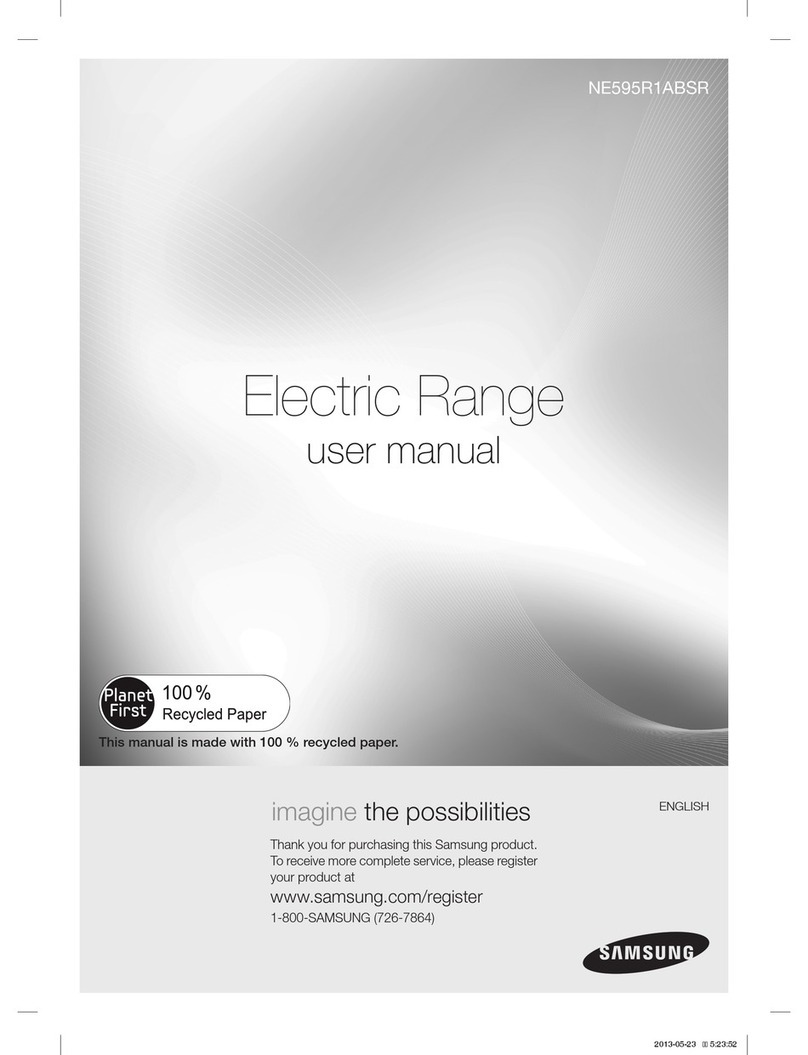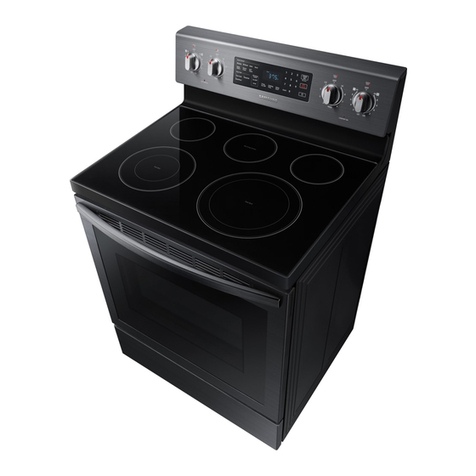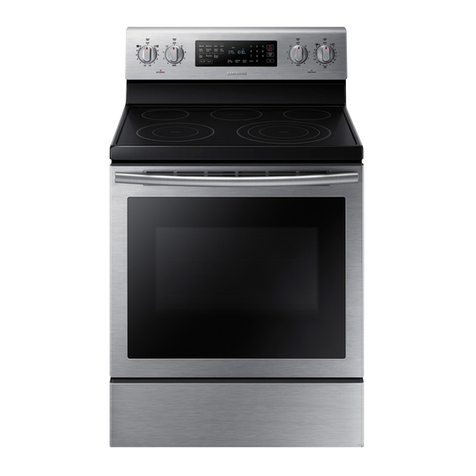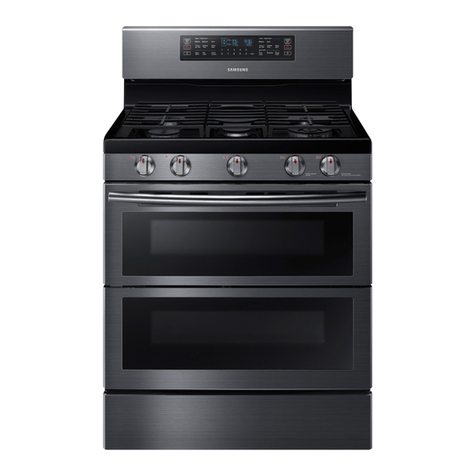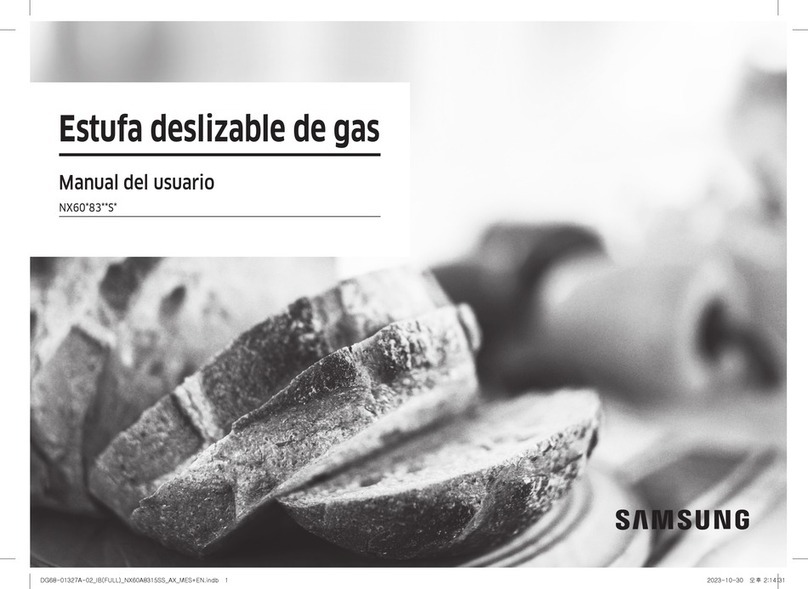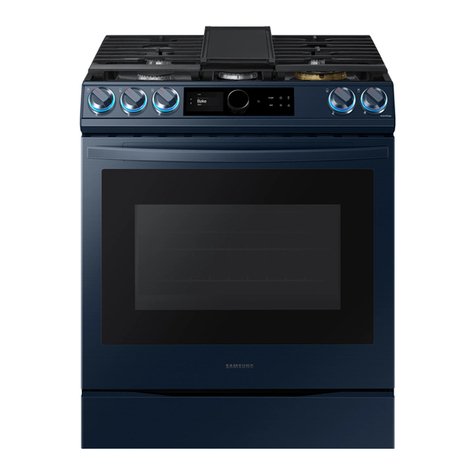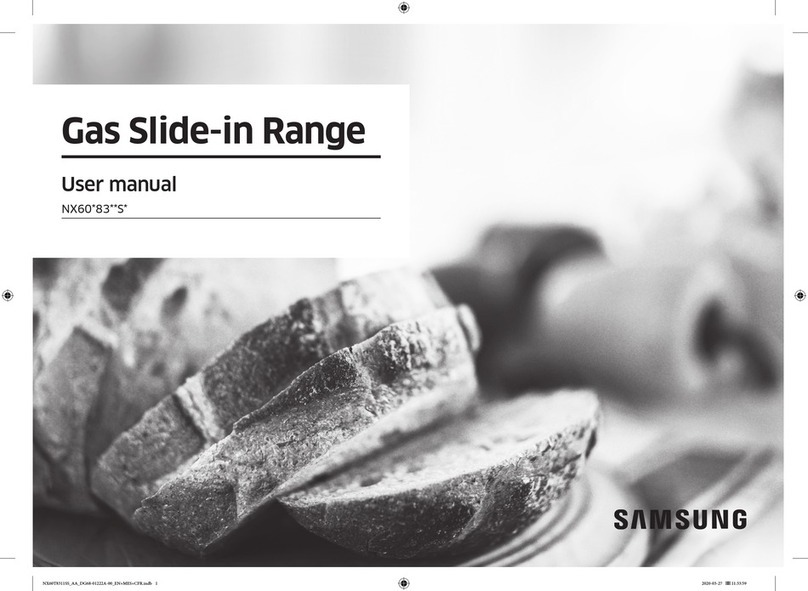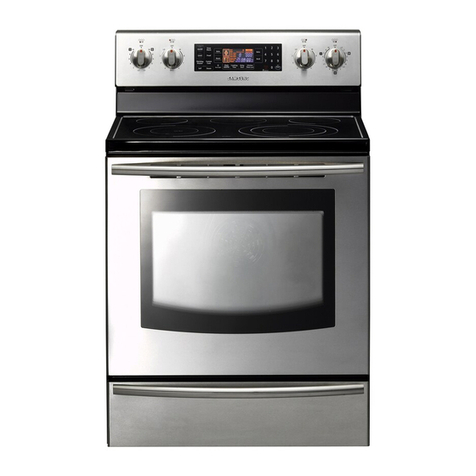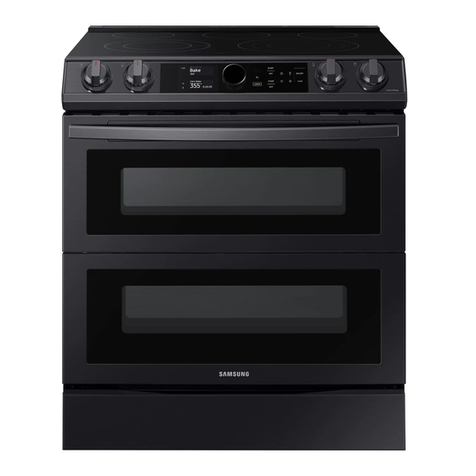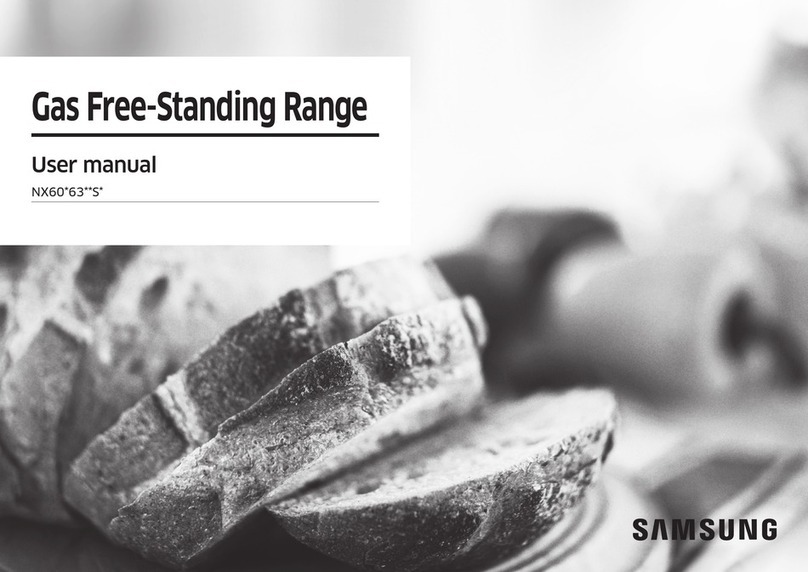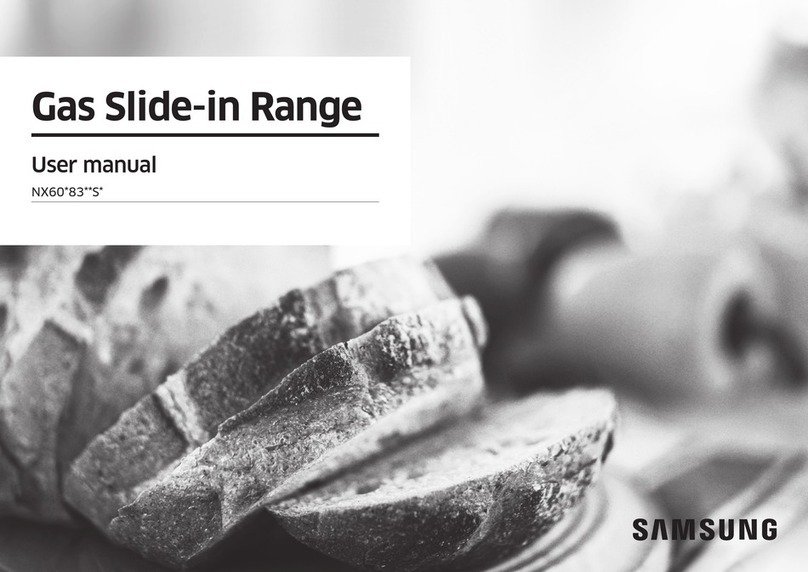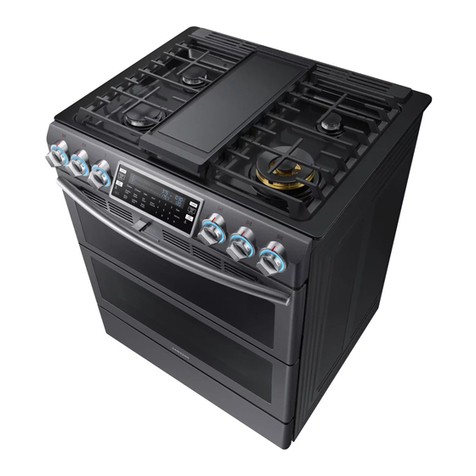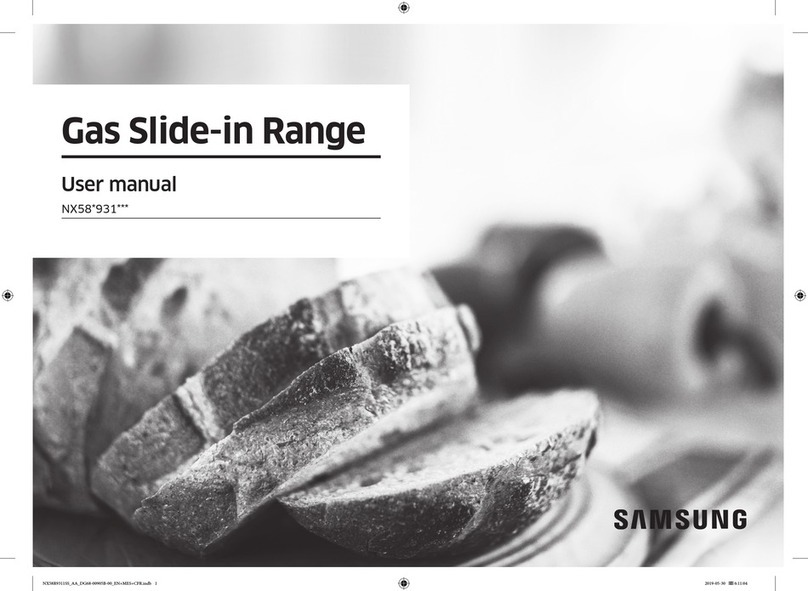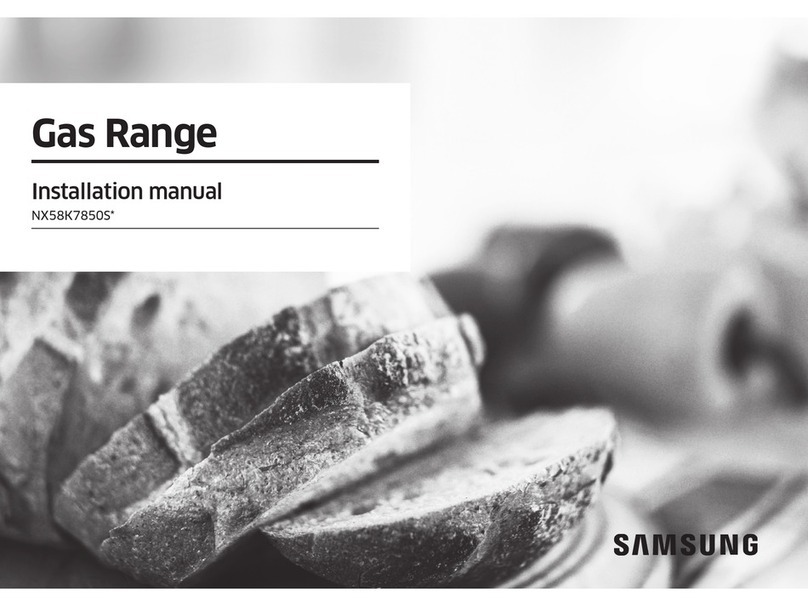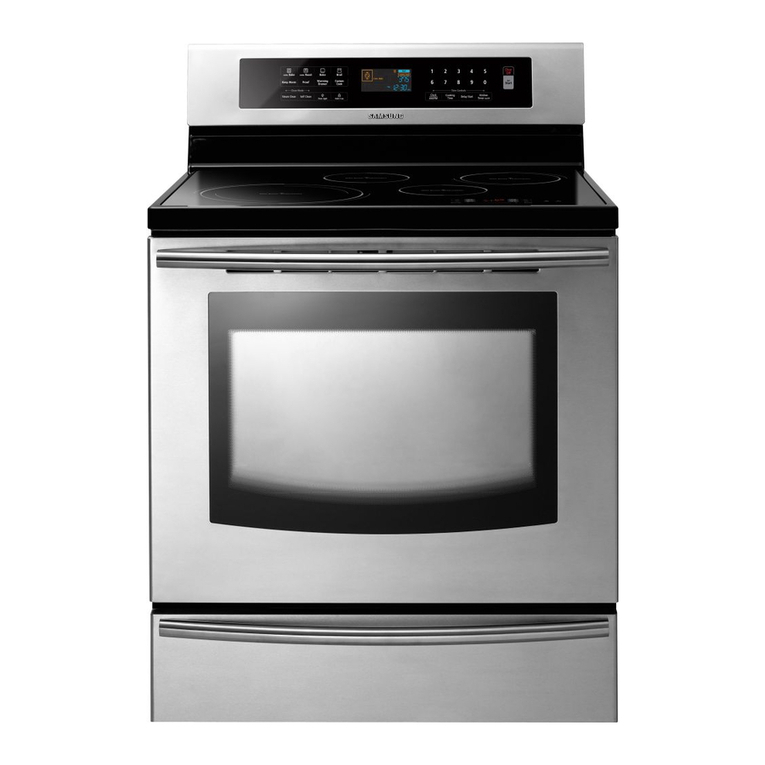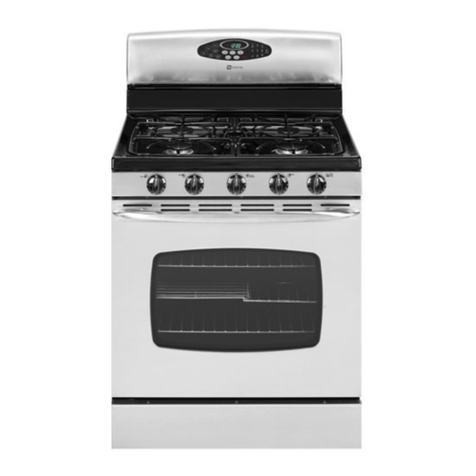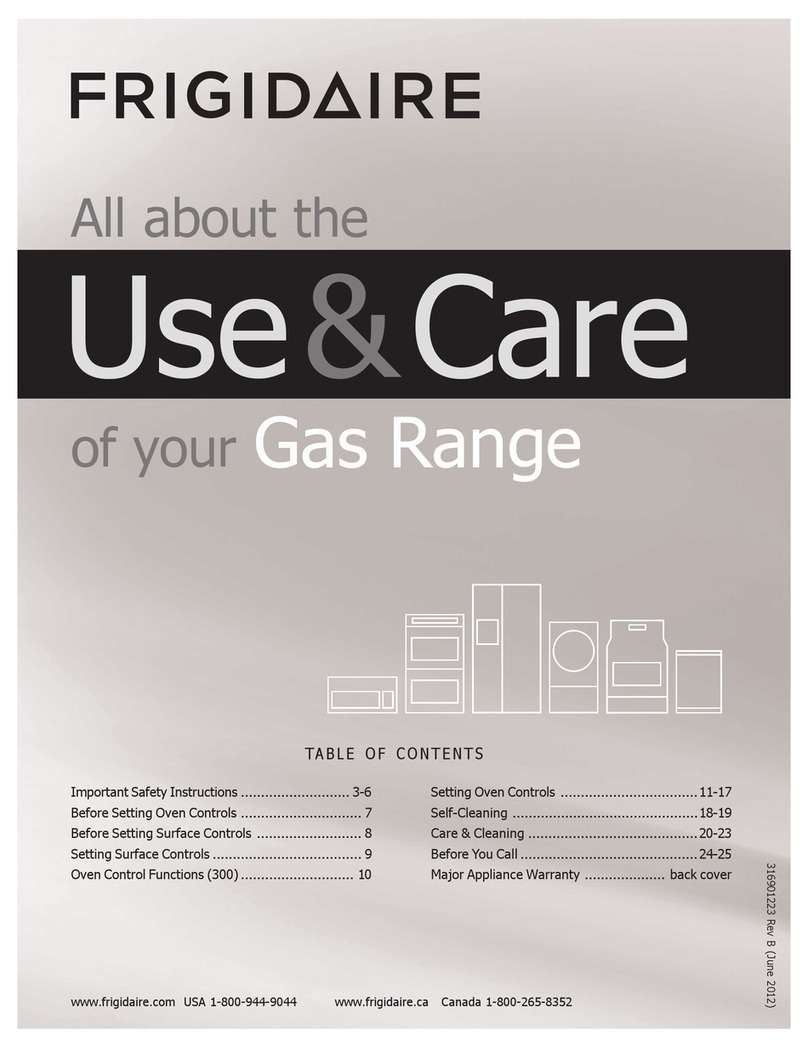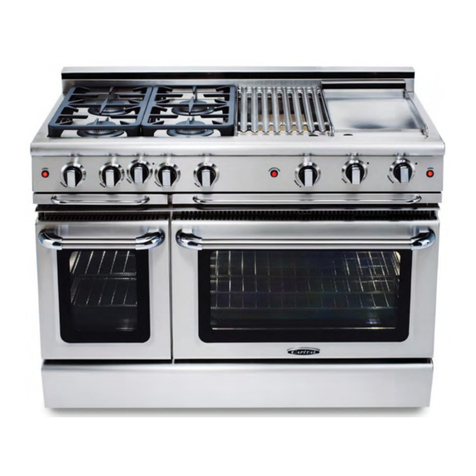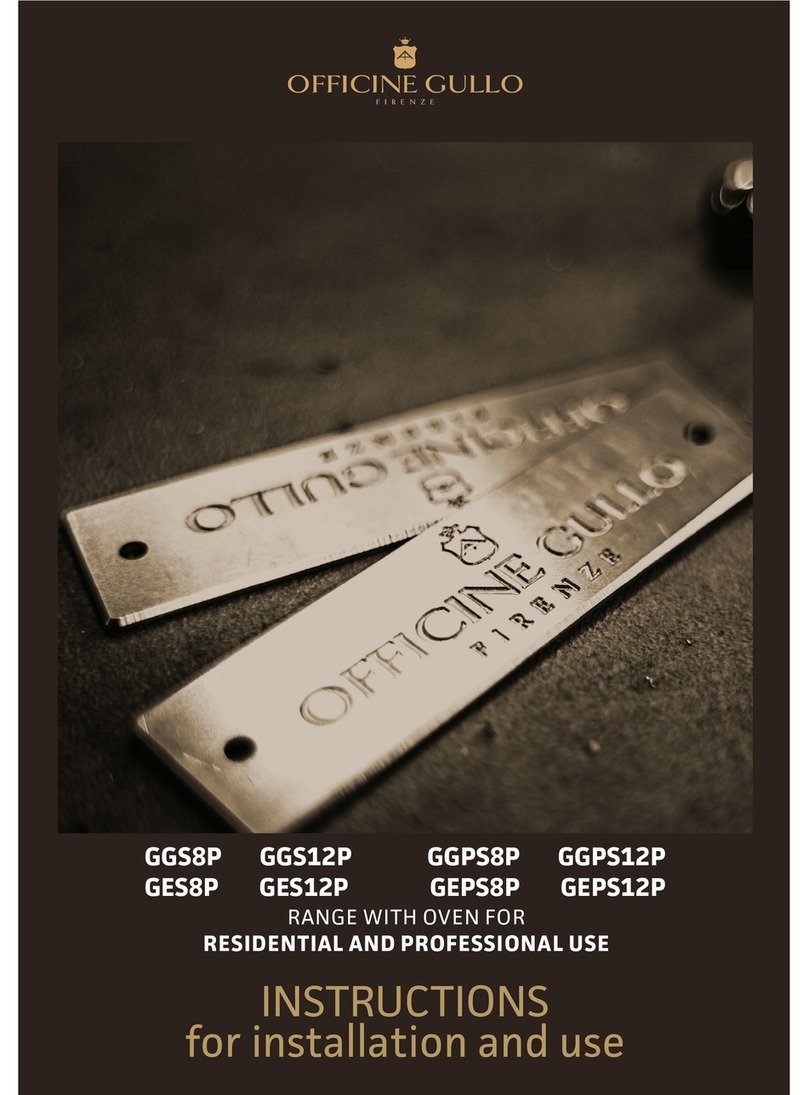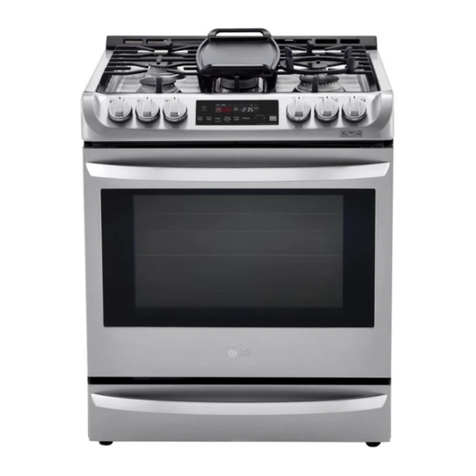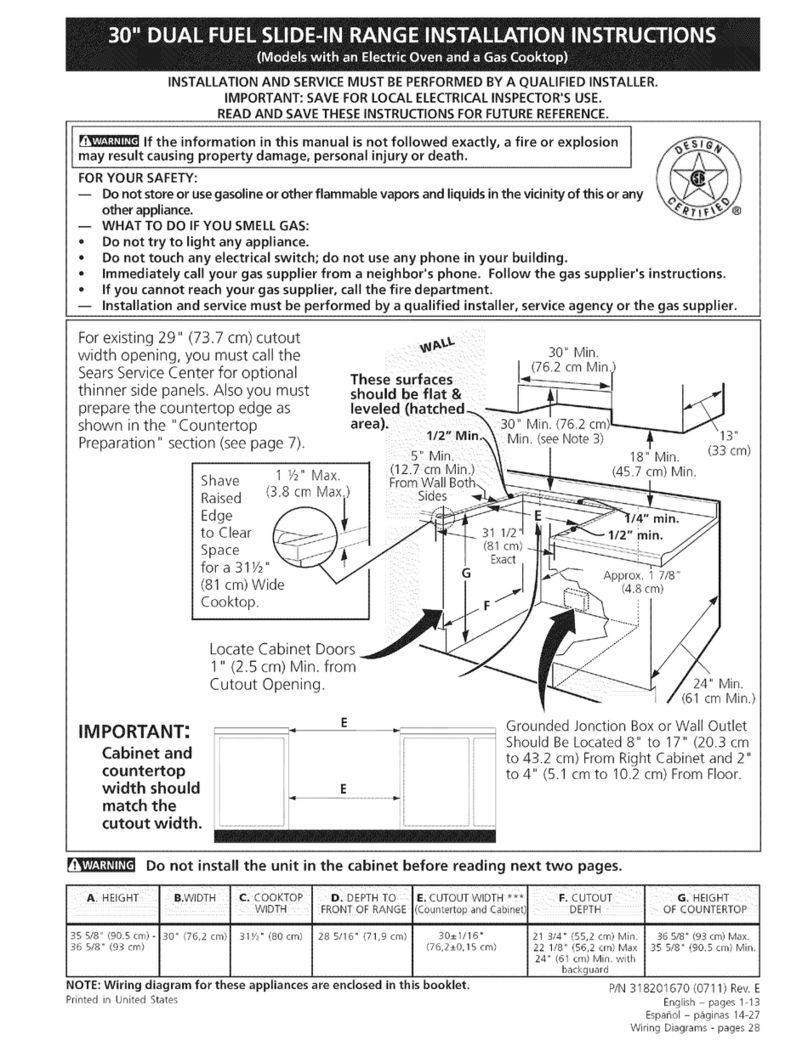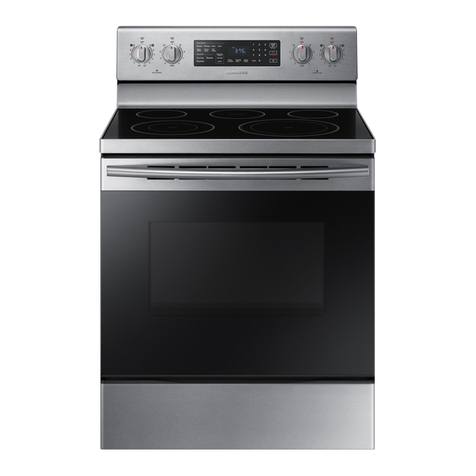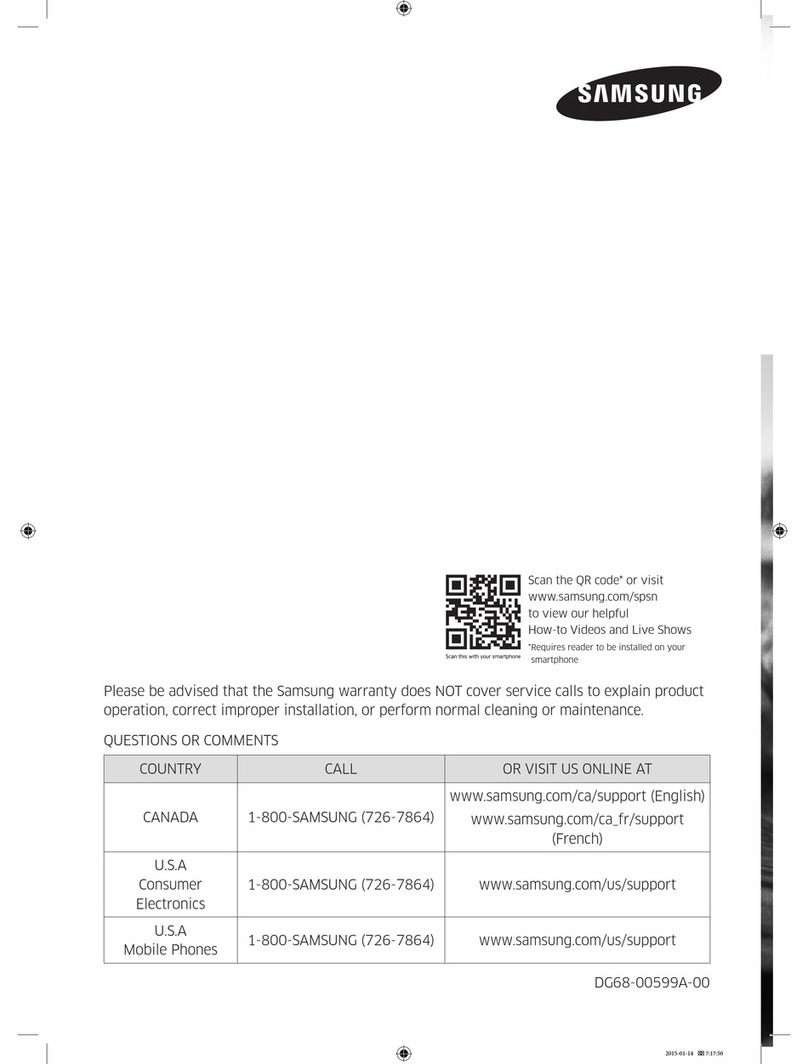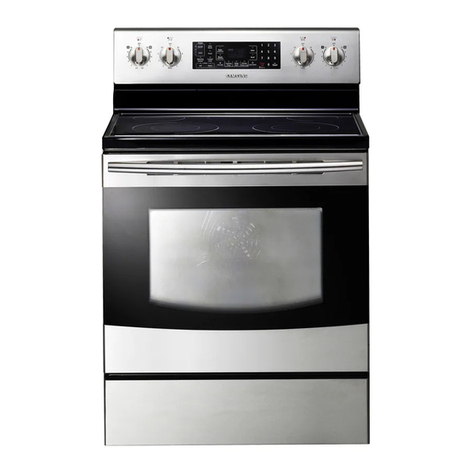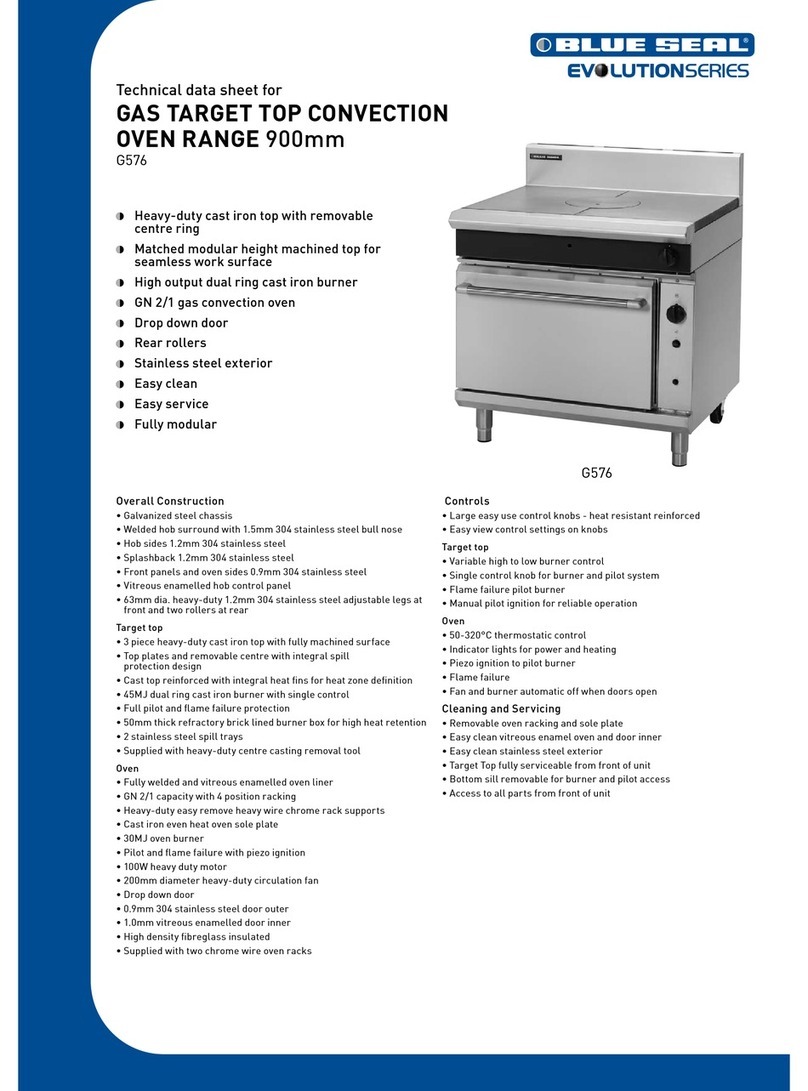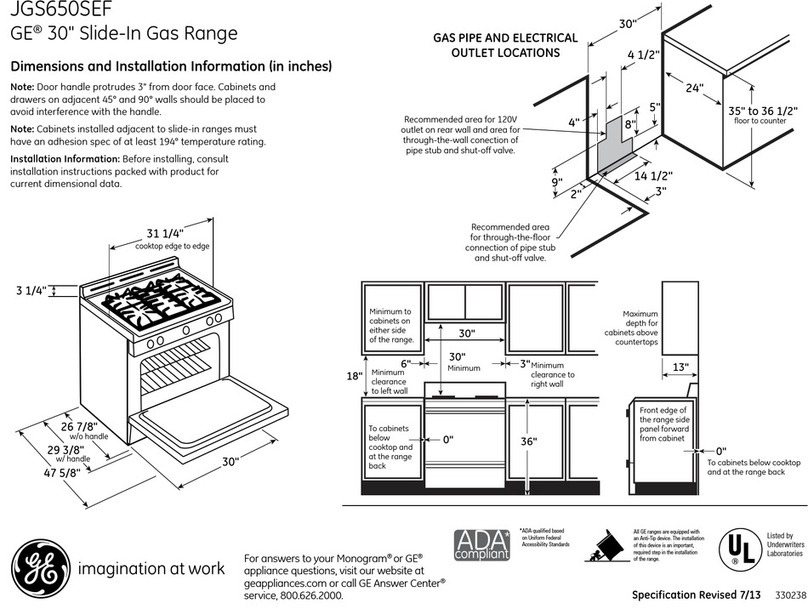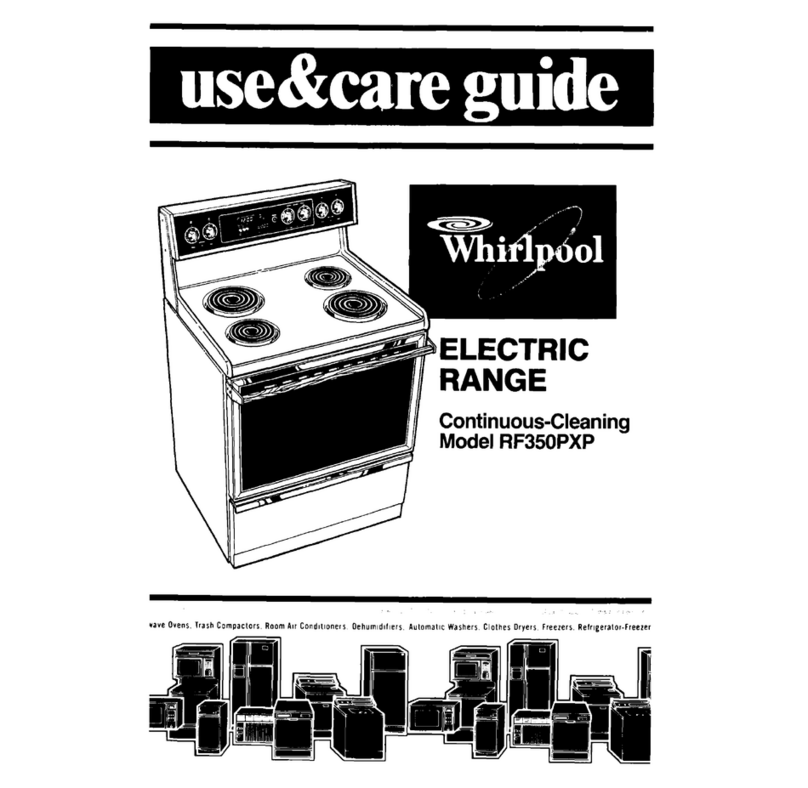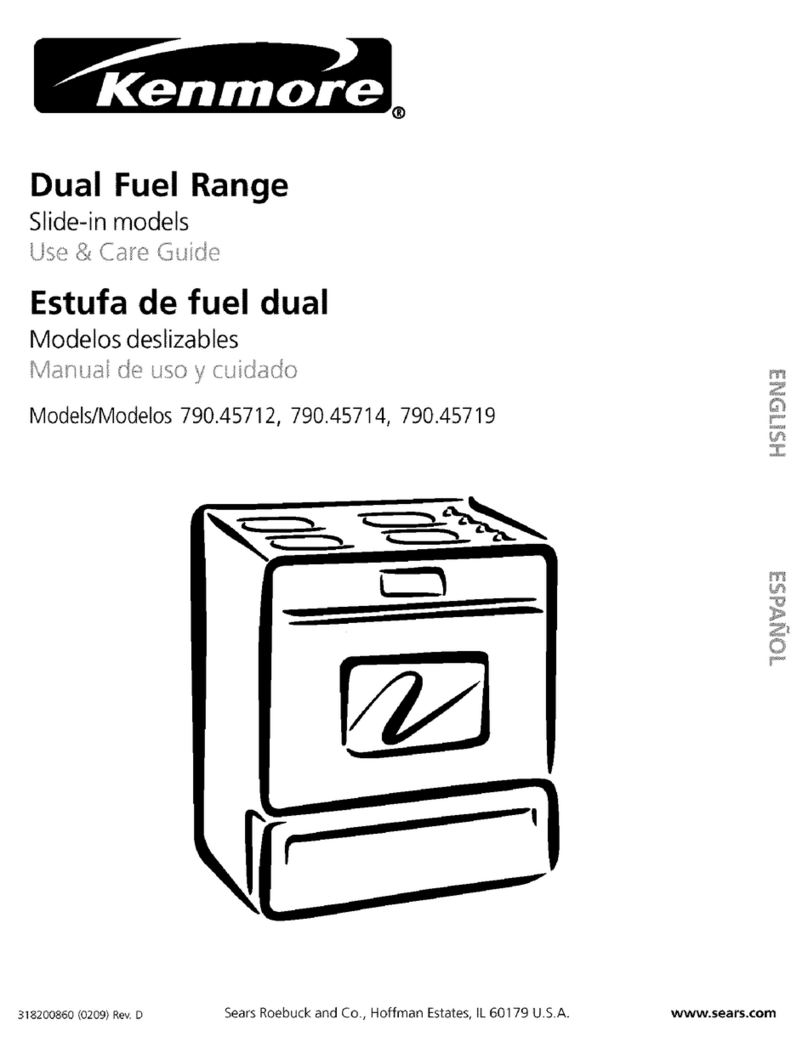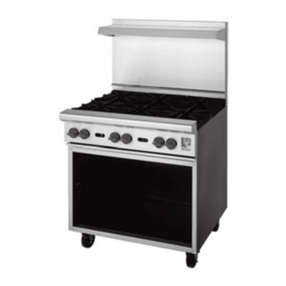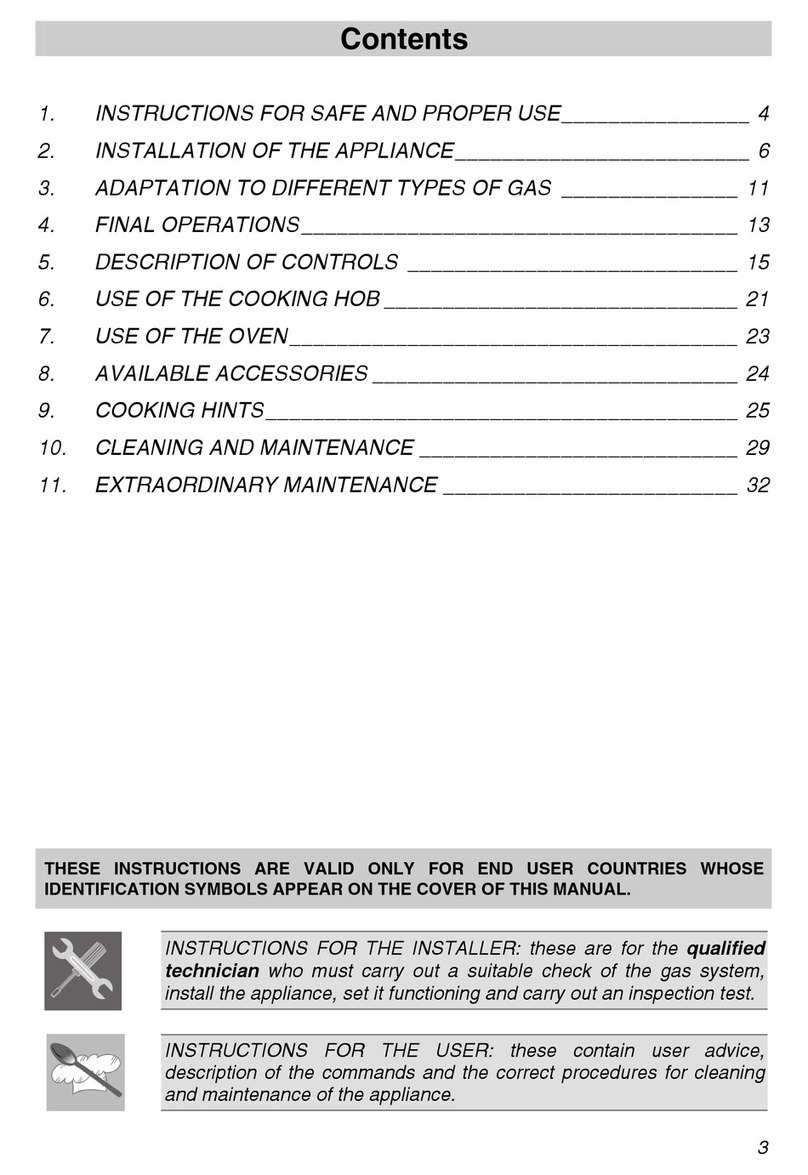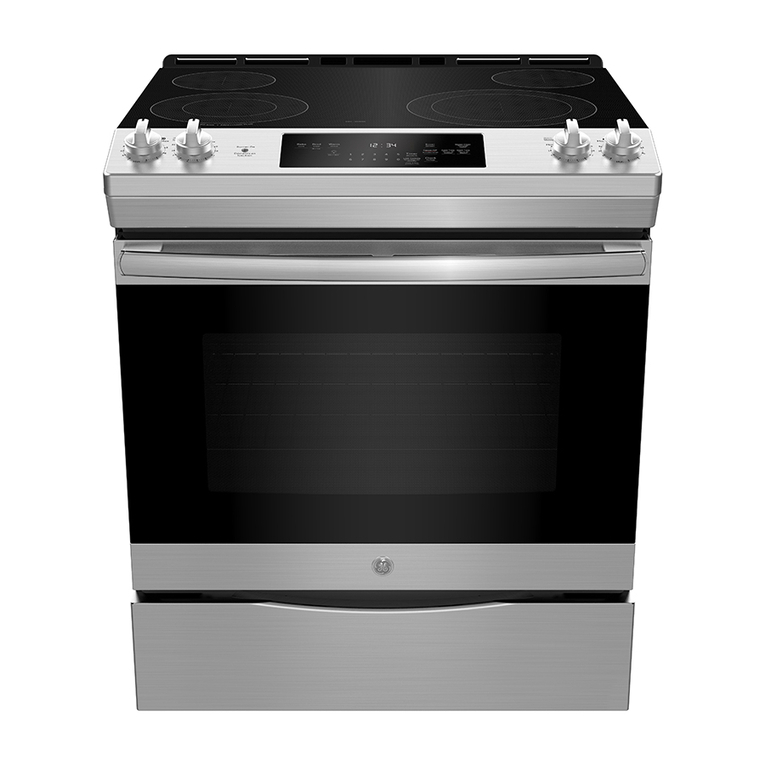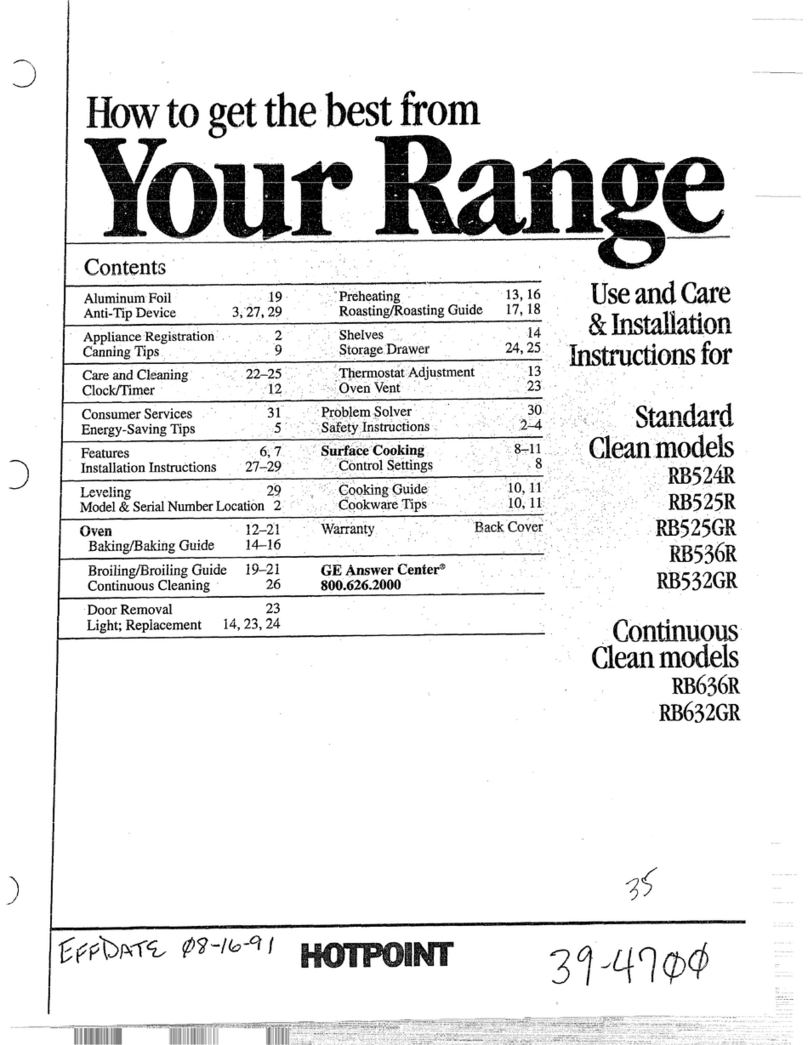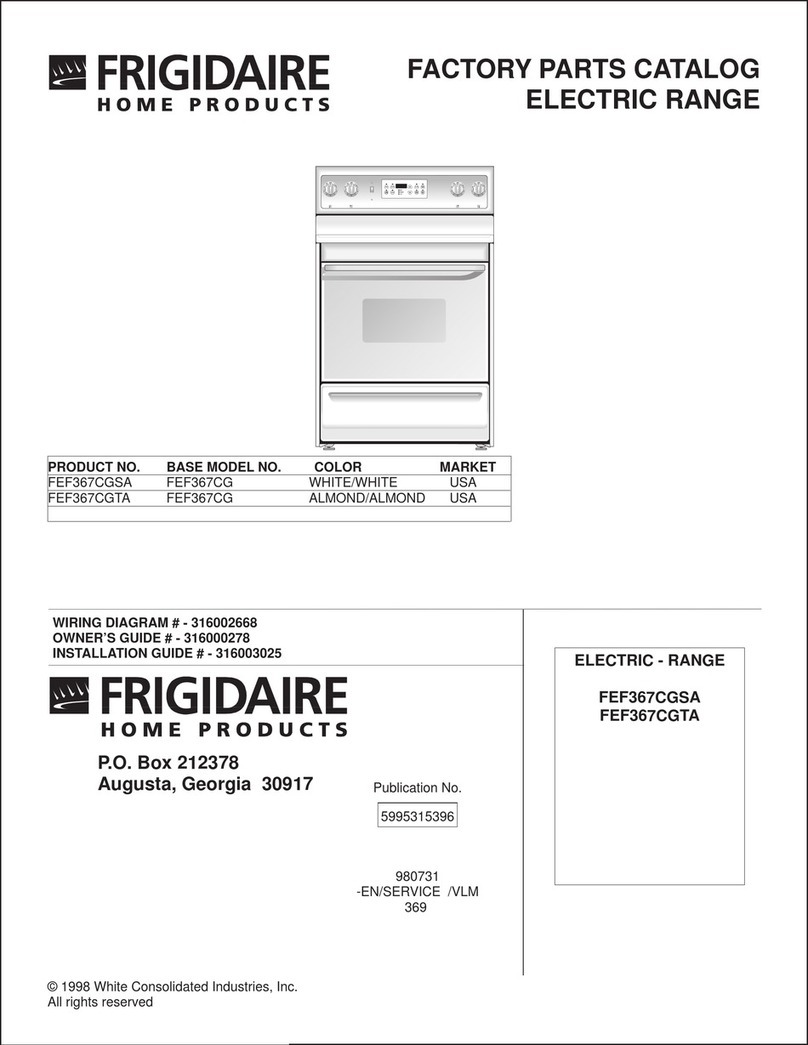
8 English
Important safety information
Important safety information
Cooktop safety
WARNING
To reduce the risk of re, electric shock, personal injuries, and/or death, obey the
following precautions.
• Make sure all burners are off when not in use.
• Do not use aluminium foil to line the grates
or any part of the cooktop.
• Do not leave burners unattended on medium
or high heat settings.
• Before igniting, make sure all burner caps are
properly in place and all burners are level.
• Always use the LITE position when igniting the burners and make sure the
burners have ignited. If ignition fails, turn the knob to OFF and wait until the
gas has dissipated.
• When you set a burner to simmer, do not turn the knob quickly. Make sure the
ame stays on.
• Do not place any objects other than cookware on the cooktop.
• This cooktop is designed to cook with a wok or wok ring attachment. If foods
are amed, they should only be amed under a ventilation hood that is on.
• Before removing or changing cookware, turn off the burners.
• Remove food and cookware immediately after cooking.
• Before removing any parts of the burner for cleaning, make sure the range is
off and completely cool.
• After cleaning the burner spreader, make sure it is completely dry before re-
assembling.
• Make sure the spark mark on the dual burner spreader is placed beside the
electrode when it is assembled.
• To avoid carbon monoxide poisoning, do not pour water into the cooktop well
while cleaning.
• Select cookware that is designed for top-range cooking. Use cookware that is
large enough to cover the burner grates. Adjust the burner ames so that the
ames do not extend beyond the bottom of the cookware.
• To avoid cookware discoloration, deformity, and/or carbon monoxide
poisoning, do not use cookware that is exceedingly larger than the grate.
Location safety
WARNING
To reduce the risk of re, electric shock, personal injuries, and/or death, obey the
following precautions.
• This range is for indoor, household use only.
Do not install the range in areas exposed to
the weather and/or water.
• Do not install the range in a place which is
exposed to a strong draft.
• Select a level, well-constructed oor that can support the range’s weight.
Synthetic ooring, such as linoleum, must withstand 180 °F (82 °C)
temperatures without shrinking, warping, or discoloring. Do not install
the range directly over interior kitchen carpeting unless a sheet of ¼ inch
plywood or a similar insulator is placed between the range and carpeting.
• Select a location where a grounded, 3- prong outlet is easily accessible.
• If the range is located near a window, do not hang long curtains or paper
blinds on that window.
• For the range to ventilate properly, make sure the range’s vents are not
blocked, and that there is enough clearance at the top, back, sides, and
underneath the range. The vents allow the necessary exhaust for the range to
operate properly with correct combustion.
• Make sure the wall coverings around the range can withstand heat up to 194
°F (90 °C) generated by the range.
• Cabinet storage above the surface of the range should be avoided. If cabinet
storage above the range is necessary: allow a minimum clearance of 40 inches
(102 cm) between the cooking surface and the bottom of cabinets; or install a
range hood that projects horizontally a minimum of 5 inches (12.7 cm) beyond
the bottom of the cabinets.
